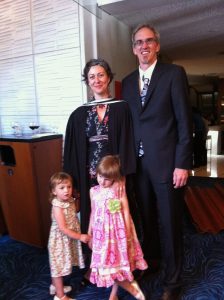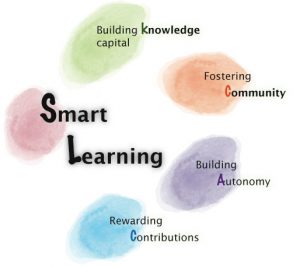by Mélanie L. Sisley
“High impact learning” is a term I often hear in the organisational training literature and community. It ‘s a theme that conjures all kinds of thoughts and feelings for me. For instance, am I a high impact learner? What does low impact learning look like? What are the ingredients that make learning high impact. For me there is a tension that exist in this concept. No one wants to be waisting time with stuff that is remotely interesting to them, and no content creator wants to offer content that is not meaningful.
And lets admit it, we all like to learn. Newspaper, books, television, documentaries (I am newly addicted to Netflix documentaries), audio books and even taking courses. We are constantly lending our ear to interesting content. Granted it’s not always work related, nor should it be, it is a natural instinct, rooted in us at the very start of our existence. You can’t remember your first years on the planet, but you can see it in your children.
As a new mom, and an educator, I was in awe of my two daughters first years. I even slowed down my business to be a stay-at-home mom so that I could be there to watch and experience it with them (I get why Piaget kept extensive journals on his own children…I didn’t though…busy cleaning up the toys).
During that time, I got a small grant to pursue my masters degree and although I stuck with adult education as a concentration, my daughters had a great deal of influence in choosing self-directed learning as a focus. I thought to myself, how can I better understand and capture the natural techniques we use to learn? How do we use our minds when no one tells us how? Of course the answer was 200 pages long and inspired by a long list of education researchers (of the more important influences, see Dr. Paul Bouchard) but in a nutshell, the Smart Learning model that exposes some of the key areas that influence learning and can make it high impact.
- First you need to have access to knowledge. Building an organization’s knowledge capital is the first building block to fostering Smart Learning. Either by giving access to online courses, bringing in experts to teach, building your own content library, an organization must have content to offer.
- Next there needs to be a supportive community in which to discuss that knowledge. Some of the best self-directed learners have confessed that their first “laboratory” is their network. Either to develop the lingo that goes with the profession, or to use people as a sounding board or to get constructive feedback, the community is an integral part of learning.
- There also needs bot be some basic skills in learning autonomously. This refers to all the meta-cognitive skills related to learning: setting goals, making a plan, having some sort of evaluation scheme (sometime that is just talking about stuff at lunch) and knowing when to recoup, regroup and re-strategize. In other words, knowing how to learn must be part of the Smart Learning package.
- And last, there needs to be some sort of reward. Let’s face it, if there is nothing in it for you, you won’t do it. But rewards go way beyond money, it can be enjoyment, become more nimble at a skill (like playing guitare…I so wish I could), a title, recognition…etc. Still if there is no reward for learning , your organization may missing a huge piece to fostering high impact learning. Or what we like to call Smart Learning.
Wether you are a believer in learning as tool for organizational growth, or you are building an engagement strategy, or a retention strategy, or you as a person want to make your learning more potent, this model can be used as tool to reflect on what you have in place to foster learning and develop an understanding of the dimensions that underpin the professional journey.




